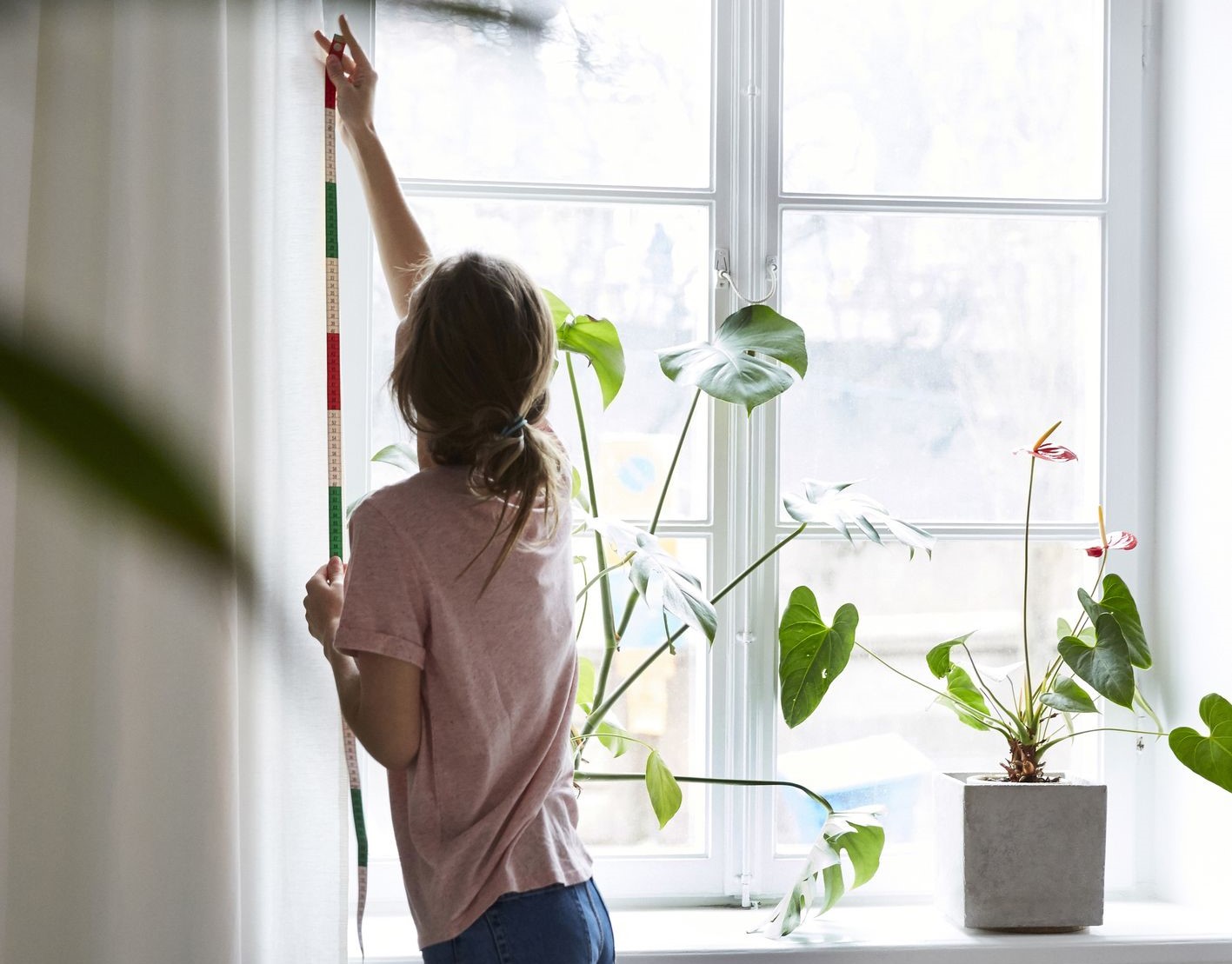

Articles
How To Measure Curtains
Modified: December 7, 2023
Learn how to measure curtains with our informative articles. Discover the best techniques and tips for accurate measurements to ensure a perfect fit for your windows.
(Many of the links in this article redirect to a specific reviewed product. Your purchase of these products through affiliate links helps to generate commission for Storables.com, at no extra cost. Learn more)
Introduction
Welcome to our comprehensive guide on measuring curtains. Whether you’re a seasoned decorator or a newbie looking to spruce up your living space, knowing how to measure curtains correctly is essential. A well-fitted curtain can transform a room, adding style, privacy, and control over natural light. In this article, we will walk you through the step-by-step process of measuring curtains, ensuring that you get the perfect fit every time.
Why is measuring curtains important? Well, imagine purchasing a beautiful set of curtains only to find out they are too short, too long, or don’t cover the window properly. This oversight not only affects the aesthetics of the room but also leaves you with curtains that don’t effectively serve their purpose.
To avoid such disappointments, it’s crucial to take accurate measurements before buying curtains. By doing so, you ensure that the curtains fit the window perfectly, enhancing the overall look of the room while providing optimum light control and privacy.
Before we begin, let’s go over a few tools you’ll need for measuring curtains:
- Tape measure: A retractable tape measure is essential for accurate measurements.
- Ladder or step stool: You may need these to reach higher windows if necessary.
- Pen and paper: Take notes of the measurements and any additional details you might need.
Now that we have the necessary tools, let’s dive into the step-by-step process of measuring curtains.
Key Takeaways:
- Accurate measurements are essential for well-fitted curtains, ensuring optimal coverage, light control, and privacy while enhancing the overall aesthetic of your space.
- By using the right tools and considering factors such as curtain fullness and rod placement, you can confidently create a beautiful and functional window treatment.
Read more: How To Install Curtains Over Blinds
Why is measuring curtains important?
Measuring your curtains properly is essential for several reasons. Let’s take a closer look at why it’s important to get accurate measurements before purchasing curtains for your windows:
- Proper fit: By measuring your curtains correctly, you ensure they fit your windows perfectly. Ill-fitting curtains can make a room look unpolished and untidy. Curtains that are too long or too short may not provide adequate coverage or control over natural light.
- Aesthetics: Well-fitted curtains can completely transform the look and feel of a room. They can add an element of elegance and style, tying together the overall decor. Measuring your curtains ensures that they complement the room’s aesthetic and create a harmonious atmosphere.
- Light control and privacy: Curtains play a crucial role in controlling the amount of natural light that enters your room. Accurate measurements allow you to choose the right curtain length and width, enabling you to control the amount of light that filters into your space. Additionally, proper measurements ensure that your curtains provide the desired level of privacy.
- Efficiency: Measuring curtains accurately saves you time and effort in the long run. By getting the right measurements upfront, you avoid the hassle of returning or exchanging ill-fitting curtains. It helps you make informed decisions, ensuring a smooth and efficient curtain shopping experience.
- Budget-friendly: When you measure your curtains correctly, you can avoid wasting money on curtains that don’t fit properly. Ill-fitting curtains may need alterations, which can add to the overall cost. By taking accurate measurements, you can invest in curtains that are the perfect size and avoid unnecessary expenses.
Remember, every window is different, and accurate measurements are essential for achieving the desired look and functionality of your curtains. By taking the time to measure your curtains properly, you can ensure a beautiful and harmonious space that reflects your personal style and preferences.
Tools needed for measuring curtains
Before you start measuring your curtains, it’s important to have the right tools on hand. These tools will help you achieve accurate measurements and ensure a perfect fit for your curtains. Here are the essential tools you’ll need:
- Tape measure: A retractable tape measure is the most important tool for measuring curtains. Make sure it’s long enough to reach the highest point of your windows or the desired curtain length. A tape measure with both inches and centimeters will give you flexibility in your measurements.
- Ladder or step stool: If your windows are higher than average, you may need a ladder or step stool to safely reach the top. This will allow you to measure the full height of the window accurately. Safety should always be a priority when using a ladder, so make sure to follow proper ladder use guidelines.
- Pen and paper: Keeping a pen and paper handy is essential for jotting down your measurements. It’s always a good idea to write down each measurement as you go to avoid any confusion later. Additionally, you can use the paper to sketch the layout of your windows and note any specific details you need to remember.
With these tools at your disposal, you’re ready to start measuring your curtains. Having everything prepared will ensure a smooth and efficient measuring process, allowing you to get accurate measurements the first time.
Remember to double-check your measurements and take your time to ensure accuracy. It’s better to spend a little extra time measuring correctly than to end up with ill-fitting curtains that don’t fulfill their purpose or enhance the aesthetics of your space.
Now that you have the necessary tools, it’s time to move on to the step-by-step process of measuring your curtains. Let’s get started!
Step 1: Measure the width
When it comes to measuring curtains, the first step is to determine the width of your window. The width measurement will help you determine the appropriate curtain size to ensure optimal coverage. Here’s how to measure the width:
- Start by extending your tape measure horizontally across the inside of the window frame. Make sure to measure from one side of the frame to the other, excluding any trim or molding.
- Note down the measurement in inches or centimeters, whichever unit you prefer.
- Next, consider the type of curtain you plan to hang. If you want the curtains to fully cover the window when closed, add around 4 to 8 inches (10 to 20 cm) to the width measurement to allow for a proper fullness effect.
- If you prefer a more tailored or gathered look, add around 2 to 3 inches (5 to 7.5 cm) to the width measurement for a moderate fullness effect.
- Write down the final width measurement, including any additional inches or centimeters for fullness.
Remember that the width measurement should account for both curtain panels if you plan to hang panels on either side of the window. This ensures that the curtain panels can fully cover the window when closed and provide a balanced look.
Keep in mind that the width of the curtains may vary depending on the style and design you choose, as well as your personal preferences. However, following these basic guidelines will help you achieve a proper and visually pleasing fit for your curtains.
Now that you have measured the width of your window, let’s move on to the next step: measuring the length!
Step 2: Measure the length
After measuring the width of your window, it’s time to move on to measuring the length. The length measurement will determine how long your curtains should be, ensuring they reach the desired height and create an aesthetically pleasing look. Here’s how to measure the length:
- Begin by extending your tape measure vertically from the top of the window frame or the desired curtain rod placement down to where you want the curtains to end. This can be at the windowsill, below the windowsill, or all the way to the floor.
- Take note of the measurement in inches or centimeters. This will be your initial length measurement.
- Consider the type of curtain design you prefer. If you want the curtains to barely touch the floor for a modern and sleek look, subtract around ½ inch (1.3 cm) from your initial length measurement.
- If you desire a more traditional look with curtains pooling on the floor, add around 6 to 8 inches (15 to 20 cm) to your initial length measurement. This additional length will create a slight puddling effect.
- Write down the final length measurement, including any adjustments you made based on your preferred style.
It’s important to note that the length measurement should be taken from the top of the window frame or the desired curtain rod placement to the desired endpoint. This ensures that the curtains will cover the entire window and achieve the desired look and functionality.
Remember that individual preferences and room aesthetics may vary, and there is no one-size-fits-all approach to curtain length. The final length measurement should reflect your personal style and the look you want to achieve in your space.
With the width and length measurements in hand, you are one step closer to getting perfectly fitted curtains. In the next step, we will discuss how to determine the desired curtain drop. Let’s continue!
When measuring curtains, always use a metal tape measure for accuracy. Measure the width of the window and the length from the top of the rod to the desired length. Add extra length for a decorative puddle on the floor.
Read more: How To Replace Blinds With Curtains
Step 3: Determine the desired curtain drop
Once you’ve measured the width and length of your window, the next step is to determine the desired curtain drop. The curtain drop refers to how far the curtains should extend vertically, providing the desired visual effect and coverage. Here’s how to determine the curtain drop:
- Consider the style and look you want to achieve for your room. Different curtain drops can create different visual effects and suit various interior design styles.
- For a traditional and tailored look, you may opt for a curtain drop that reaches just below the windowsill or hovers around ½ inch (1.3 cm) above it.
- If you prefer a more dramatic and elegant look, you can choose a curtain drop that extends to the floor. This creates a longer, sweeping effect that can add grandeur to the room.
- Alternatively, you can select a curtain drop that extends beyond the floor for a romantic and flowing appearance. This style is often referred to as puddling and can add a touch of luxury to your space.
- Measure the desired curtain drop from the top of the window frame or curtain rod placement down to the desired endpoint. This measurement will determine the overall length of your curtains.
It’s important to consider the practicality of the chosen curtain drop. If you have furniture or objects near the window, make sure the curtains won’t obstruct them or pose any hazards. Additionally, take into account any radiators or outlets that may be affected by the curtain drop.
Remember that the desired curtain drop may vary based on individual preferences and the specific requirements of your space. Consider the overall style and functionality you want to achieve when determining the curtain drop measurement.
Now that you’ve determined the curtain drop, it’s time to move on to the next step: accounting for curtain fullness. Let’s continue the journey towards perfectly measured curtains!
Step 4: Account for curtain fullness
When measuring curtains, it’s essential to consider curtain fullness. Fullness refers to the amount of fabric used in relation to the width of the window or curtain rod. By accounting for curtain fullness, you can achieve a more luxurious, gathered, or tailored look. Here’s how to account for curtain fullness:
- Determine the desired level of fullness based on your preferred curtain style. Different curtain styles may require varying levels of fullness.
- For a more tailored look, you may opt for a moderate fullness effect. In this case, multiply the width measurement of your window by 1.5 to 2 times. This will provide a sufficient amount of fabric for a neat and tailored appearance.
- If you desire a more luxurious and gathered look, you can increase the fullness by multiplying the width measurement by 2 to 2.5 times. This will create more fabric gathers and give a fuller appearance to the curtains.
- Write down the final width measurement for the curtains, accounting for the desired fullness effect. This measurement will be used to select the appropriate curtain size or calculate the amount of fabric needed if you plan to make the curtains yourself.
Keep in mind that the level of fullness may depend on the fabric, curtain style, and personal preference. Sheer or lightweight fabrics may require more fullness for a flowing effect, while heavyweight fabrics may require less. Consider the overall look and feel you want to achieve in your space when determining the level of fullness for your curtains.
By accounting for curtain fullness, you can ensure that the curtains have enough fabric to create the desired visual effect and provide the desired level of privacy and light control.
With curtain fullness considered, let’s move on to the next step: considering curtain rod placement.
Step 5: Consider curtain rod placement
When measuring curtains, it’s crucial to consider the placement of the curtain rod. The curtain rod placement will determine the height at which the curtains will hang and the overall visual effect they will create. Here’s how to consider curtain rod placement:
- Decide on the desired height for your curtain rod. This will depend on factors such as the height of your window, the desired curtain drop, and the overall aesthetic you want to achieve.
- If you want the curtains to hang just above the window frame, measure the distance between the top of the window frame and the desired curtain rod placement. This will be the height measurement for your curtain rod.
- If you prefer a more dramatic and visually appealing look, you can choose to mount the curtain rod several inches above the window frame. This gives the illusion of taller windows and creates a more grandiose effect.
- Take note of the curtain rod placement measurement, as this will determine the overall height at which the curtains will hang.
It’s important to consider any obstructions or architectural features above the window frame, such as crown molding or window casings. Make sure the chosen curtain rod placement allows enough clearance for the curtains to hang freely without obstruction.
Additionally, consider the type of curtain hardware you will be using, such as brackets or finials. These may add additional height or length to the overall curtain presentation, so account for them when determining the curtain rod placement.
By carefully considering the curtain rod placement, you can ensure that the curtains hang at the desired height, complementing the window and overall room aesthetics.
With all the measurements and considerations in place, you are now ready to purchase or create your perfectly fitted curtains. By following the steps outlined in this guide, you can confidently measure your curtains and achieve a beautiful, functional, and visually appealing result.
Remember, accurate measurements are essential for getting the right fit and creating a harmonious space. So, take your time, double-check your measurements, and enjoy the process of enhancing your windows with well-measured curtains!
Happy decorating!
Conclusion
Measuring curtains correctly is a crucial step in achieving the perfect fit and look for your windows. By taking accurate measurements, you ensure that your curtains provide optimal coverage, light control, and privacy, while enhancing the overall aesthetic of your space.
In this comprehensive guide, we have walked you through the step-by-step process of measuring curtains. From measuring the width and length to determining the desired curtain drop and accounting for curtain fullness, each step plays a vital role in achieving a well-fitted curtain design.
It’s important to remember that individual preferences may vary, and there is no one-size-fits-all approach to measuring curtains. The measurements and considerations discussed here serve as a foundation to help you make informed decisions based on your personal style, desired look, and window specifications.
By using the right tools, taking precise measurements, and considering factors such as curtain fullness and rod placement, you can bring your vision to life and create a beautiful and functional window treatment. Additionally, measuring curtains accurately saves you time, effort, and money by ensuring that you purchase or create curtains that fit perfectly the first time.
So, whether you’re revamping your living room, updating your bedroom, or refreshing your kitchen, take the time to measure your curtains correctly. This attention to detail will ultimately result in a more polished and visually appealing space.
Now, armed with the knowledge and confidence to measure curtains like a pro, it’s time to bring your interior design ideas to life. Happy measuring and happy decorating!
Frequently Asked Questions about How To Measure Curtains
Was this page helpful?
At Storables.com, we guarantee accurate and reliable information. Our content, validated by Expert Board Contributors, is crafted following stringent Editorial Policies. We're committed to providing you with well-researched, expert-backed insights for all your informational needs.
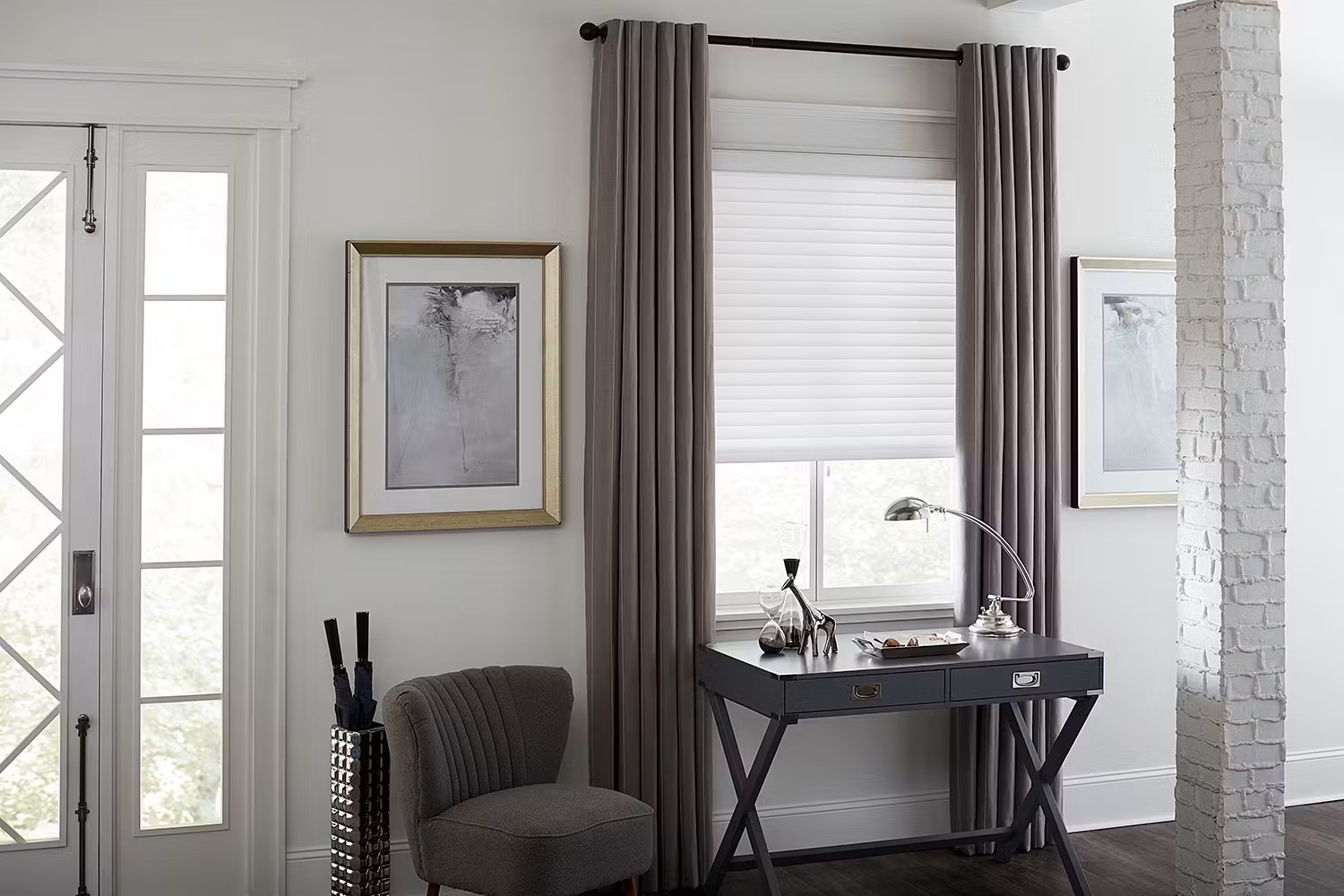

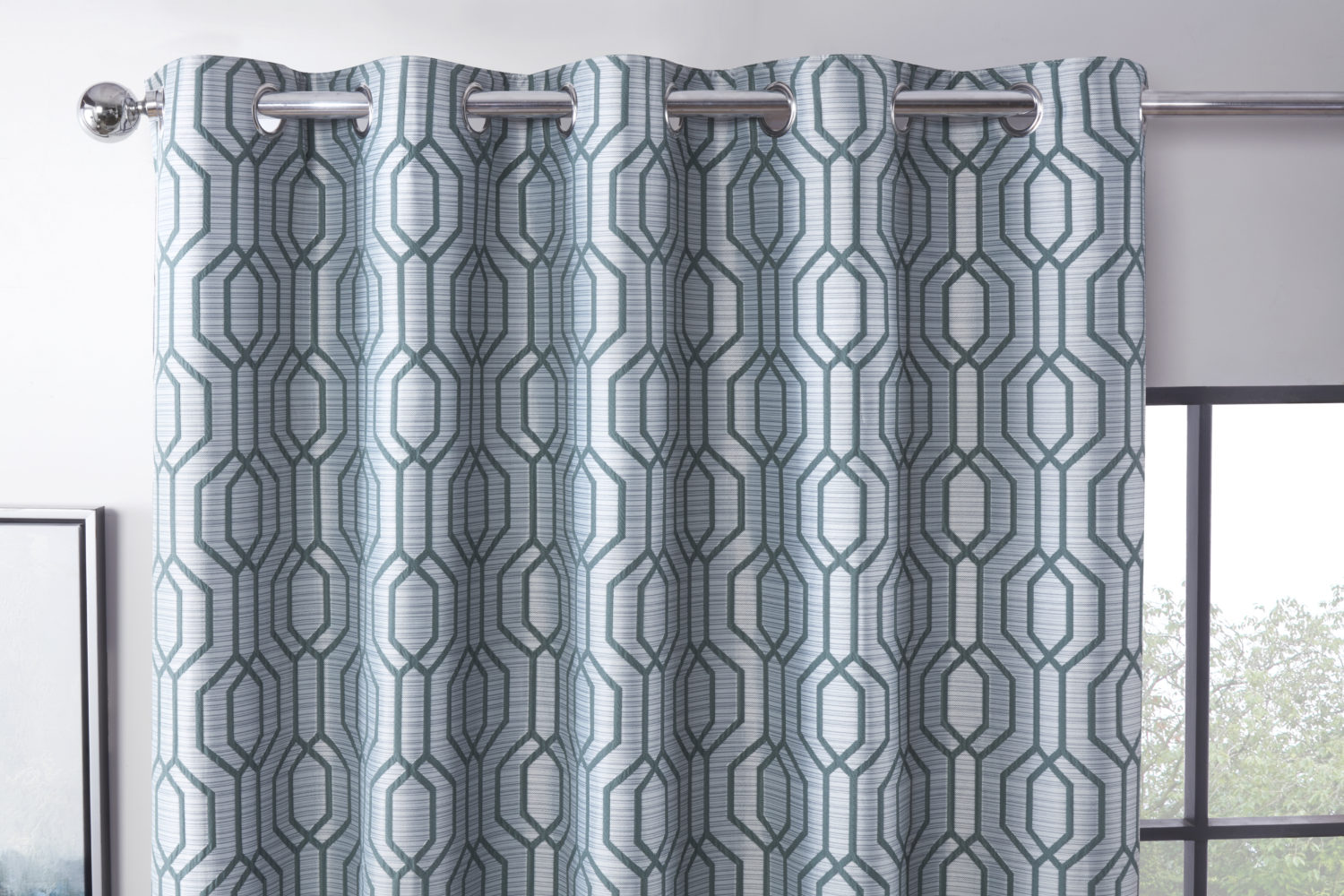
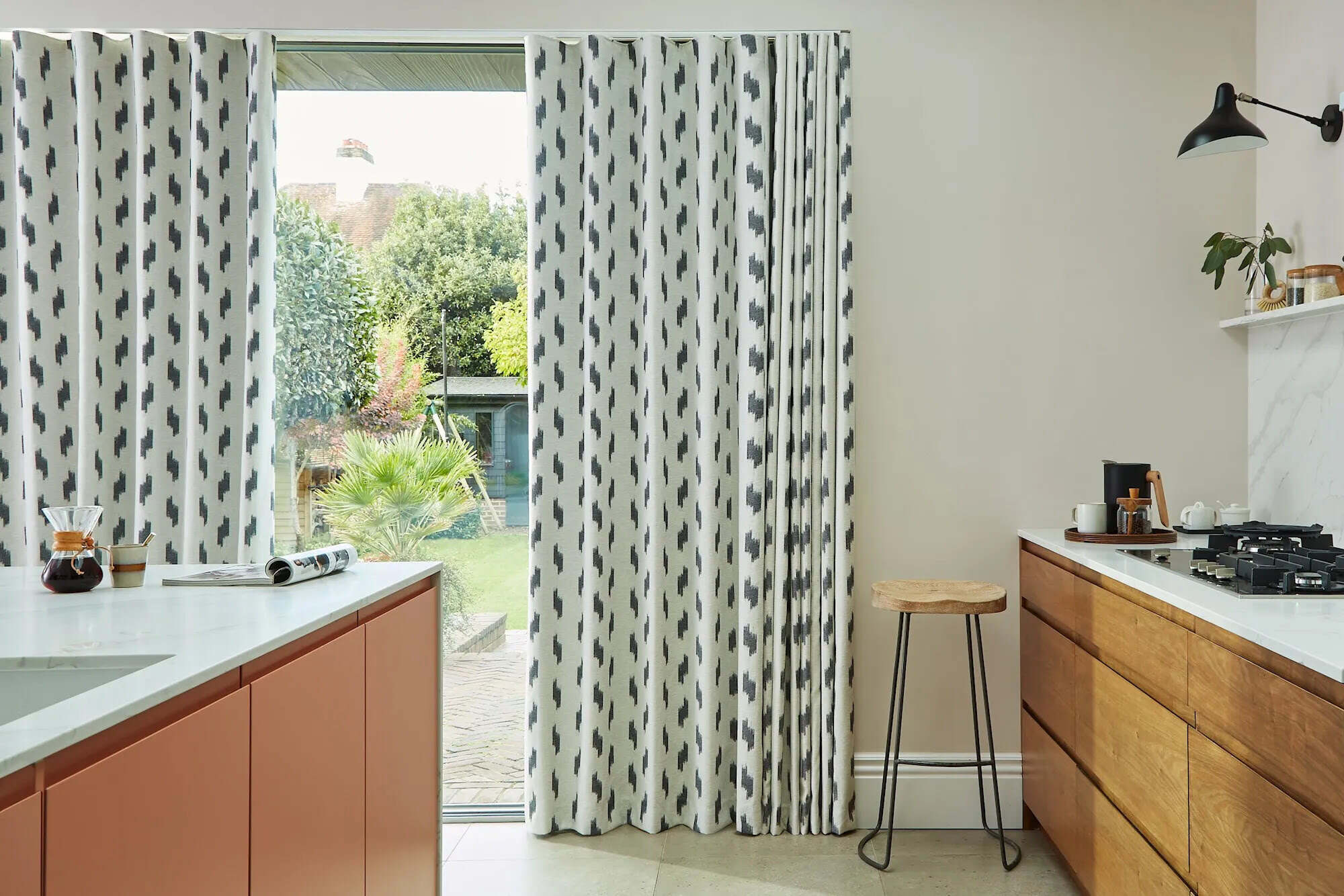
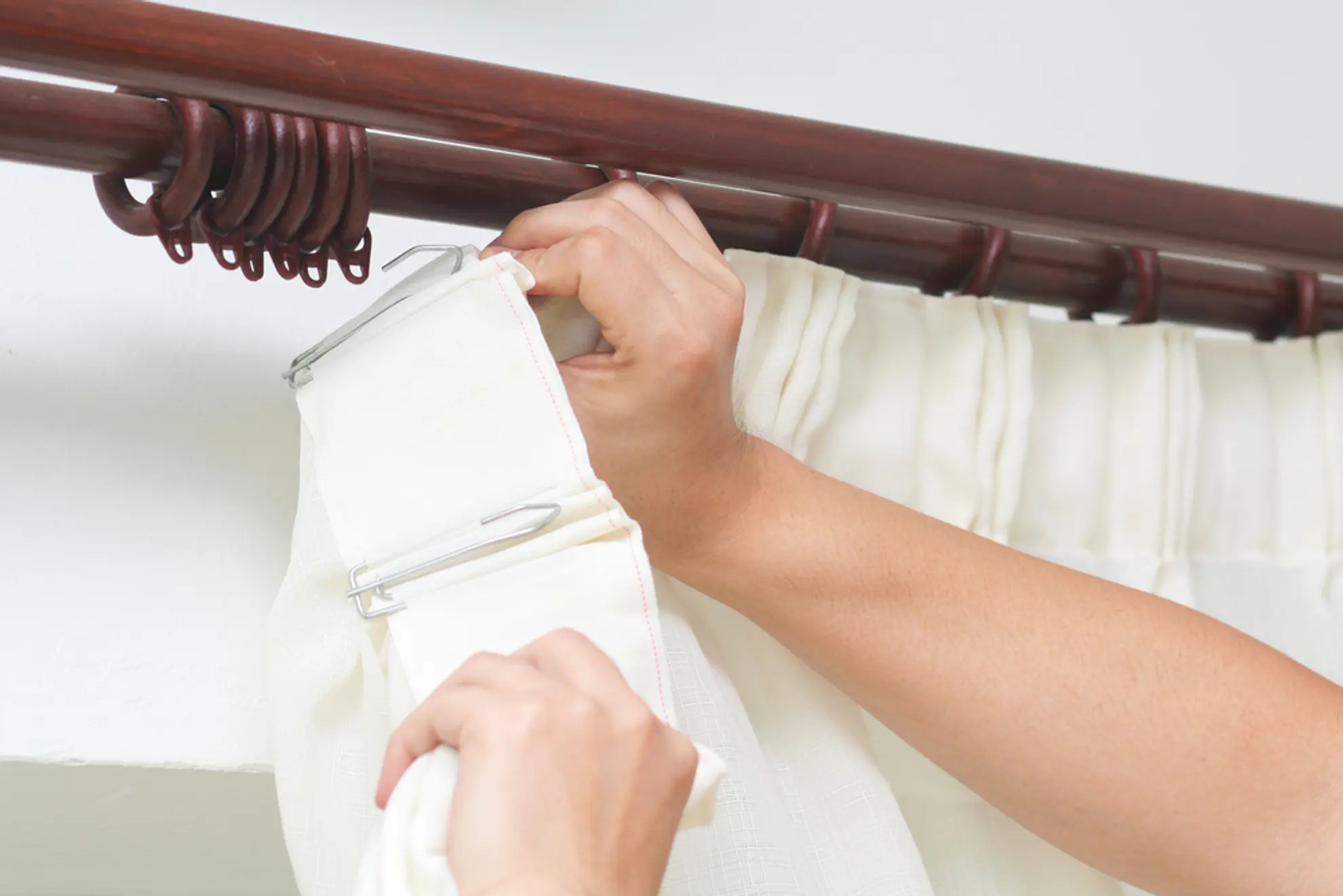
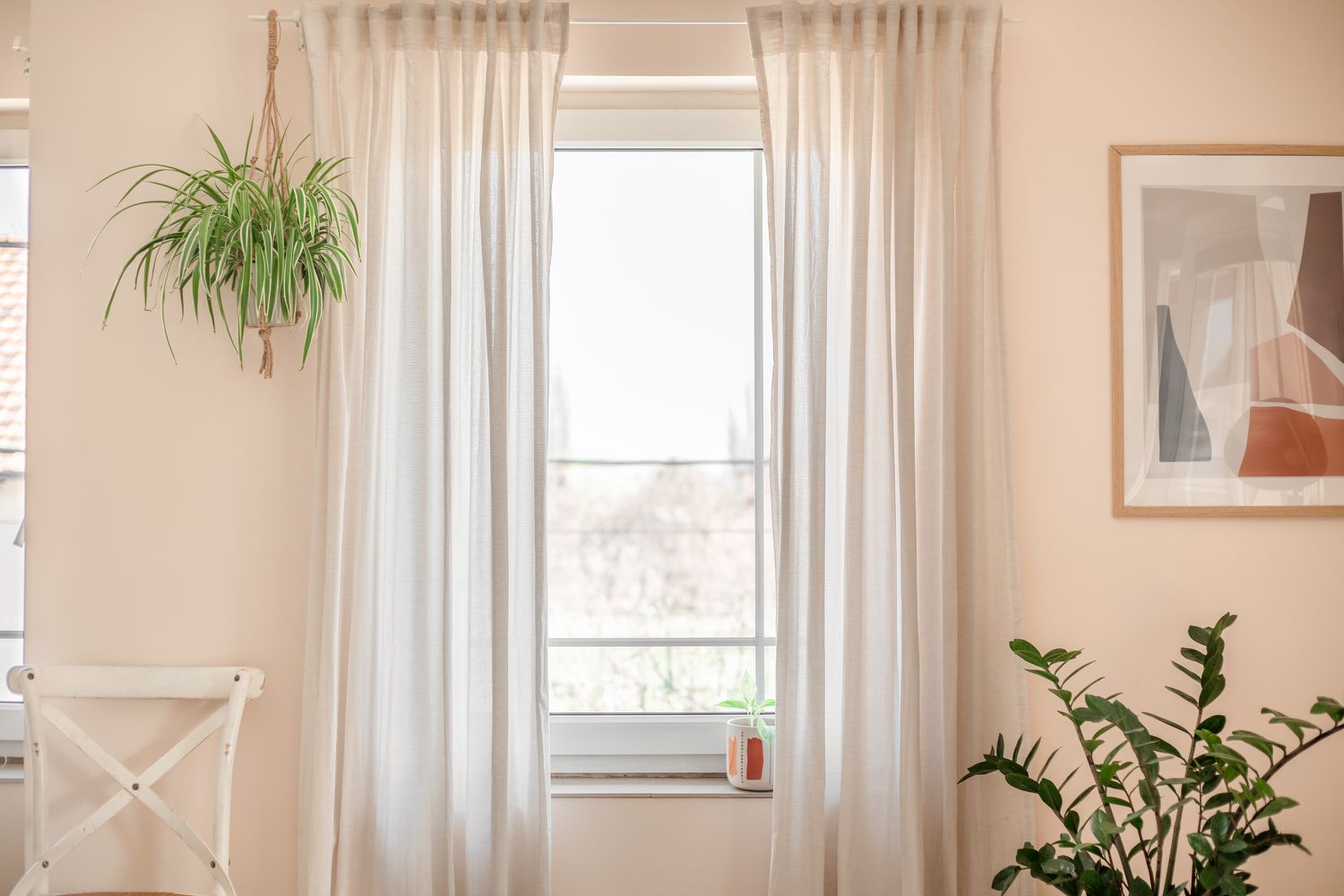

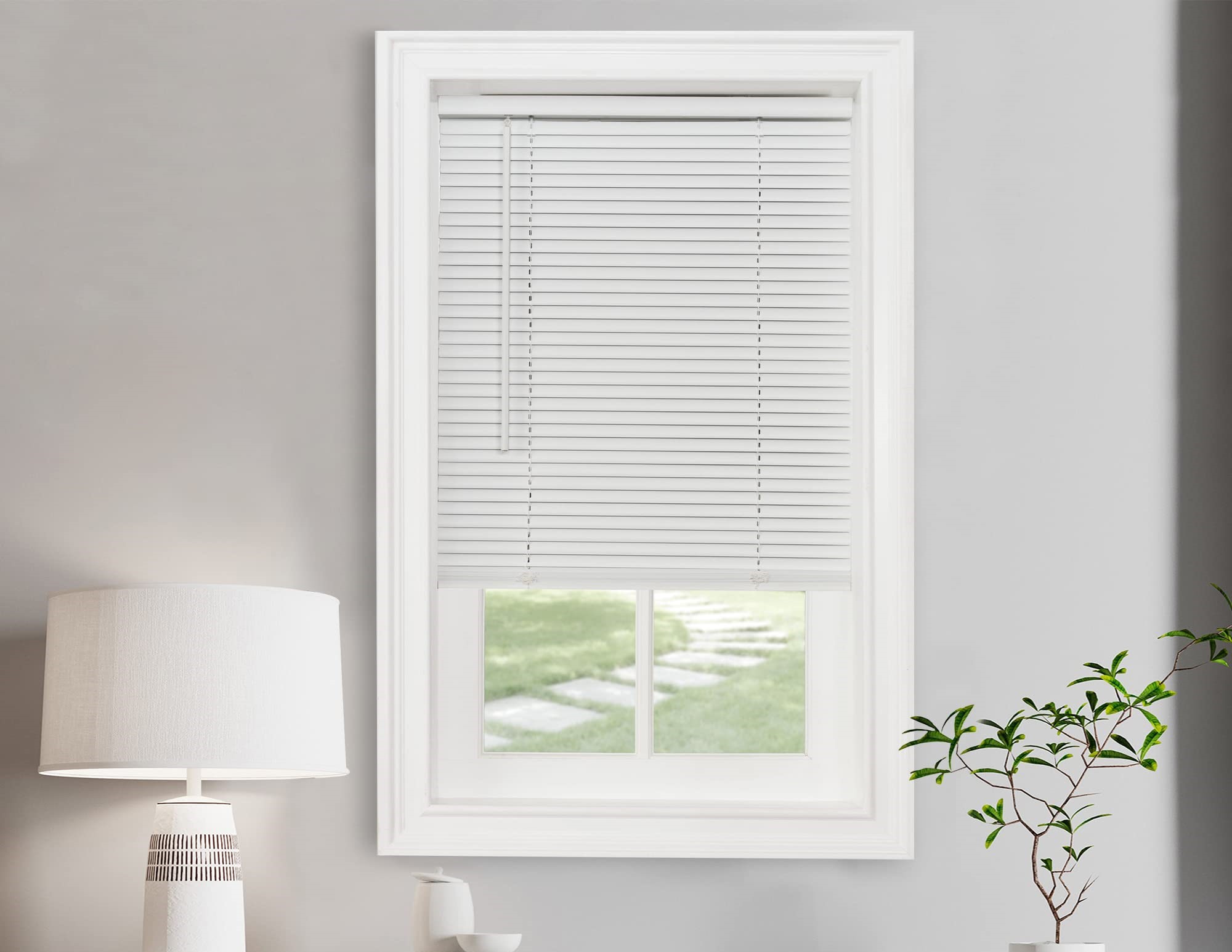

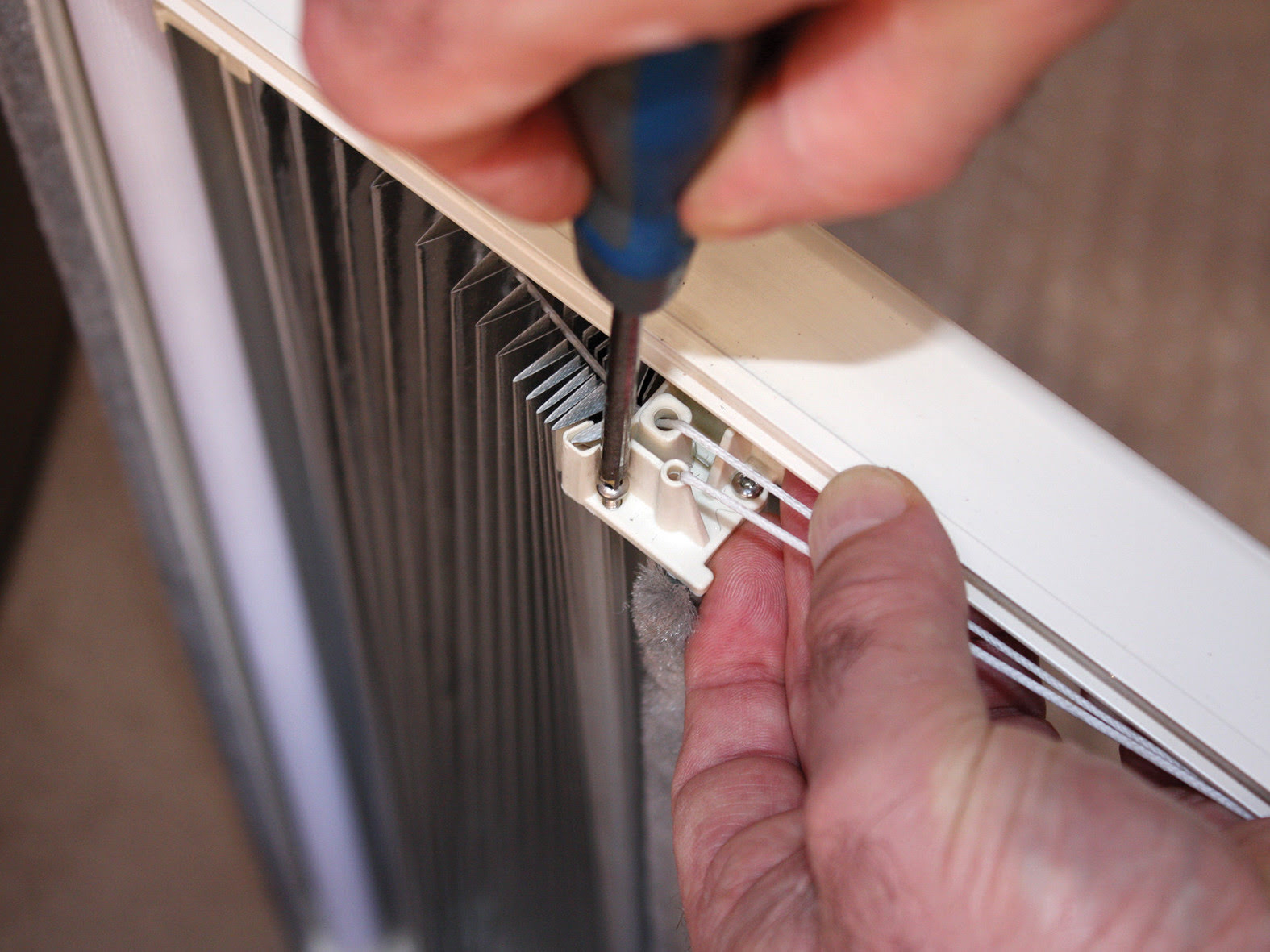

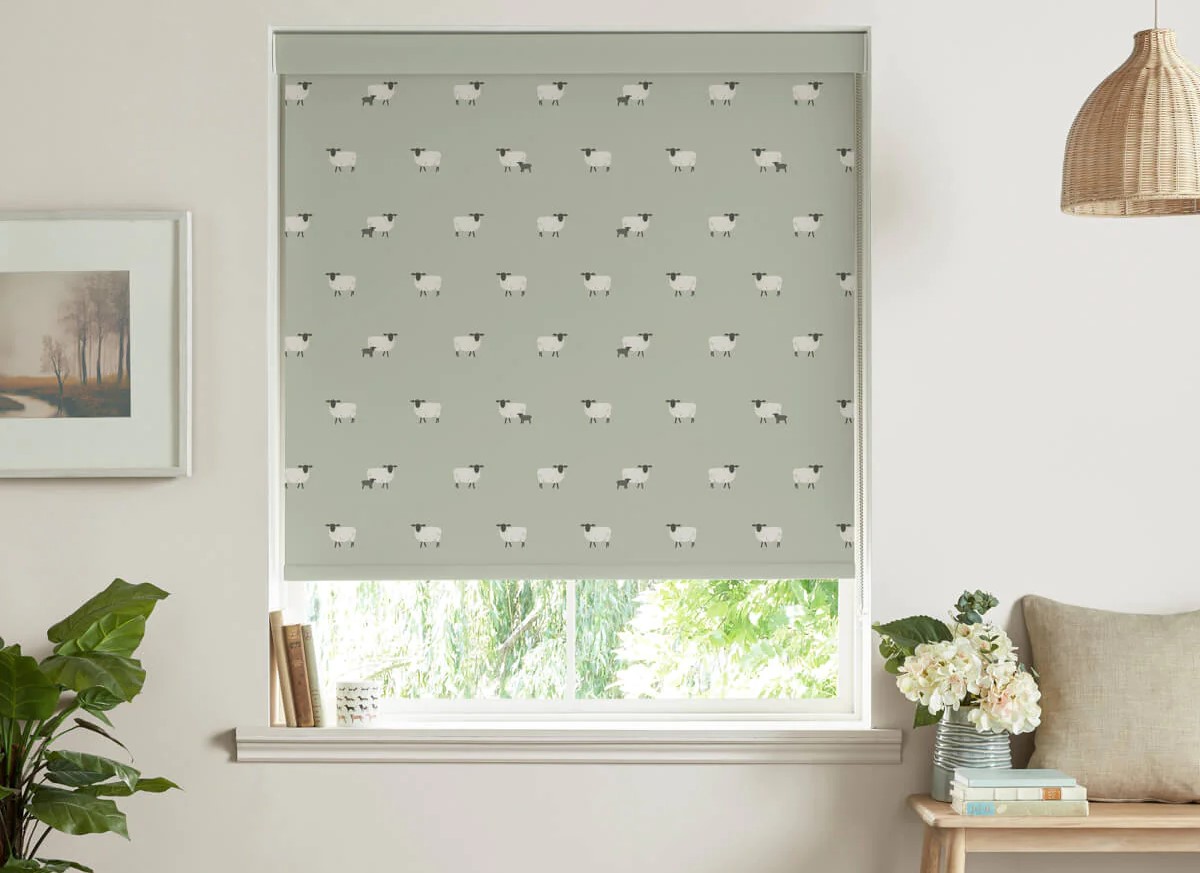
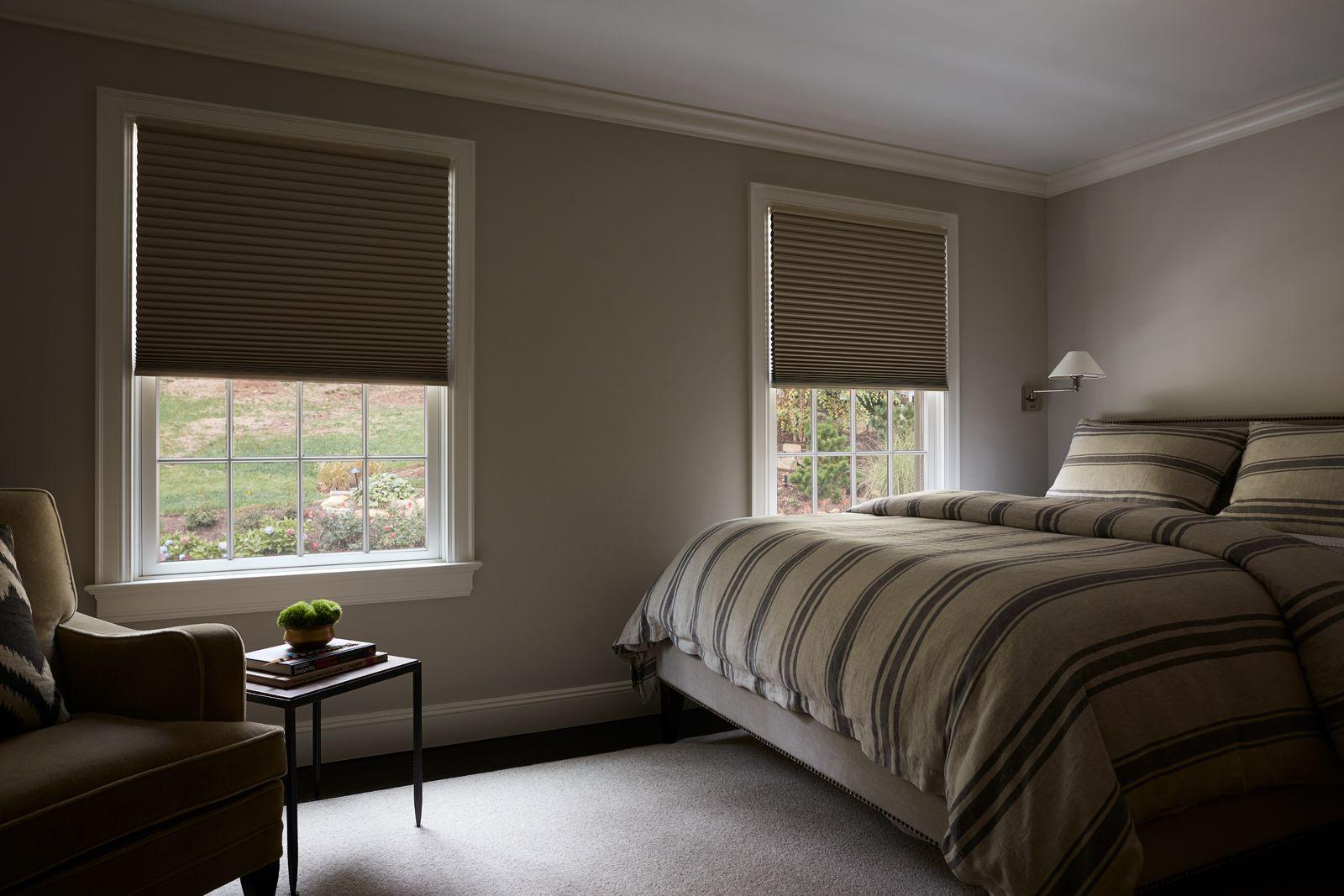
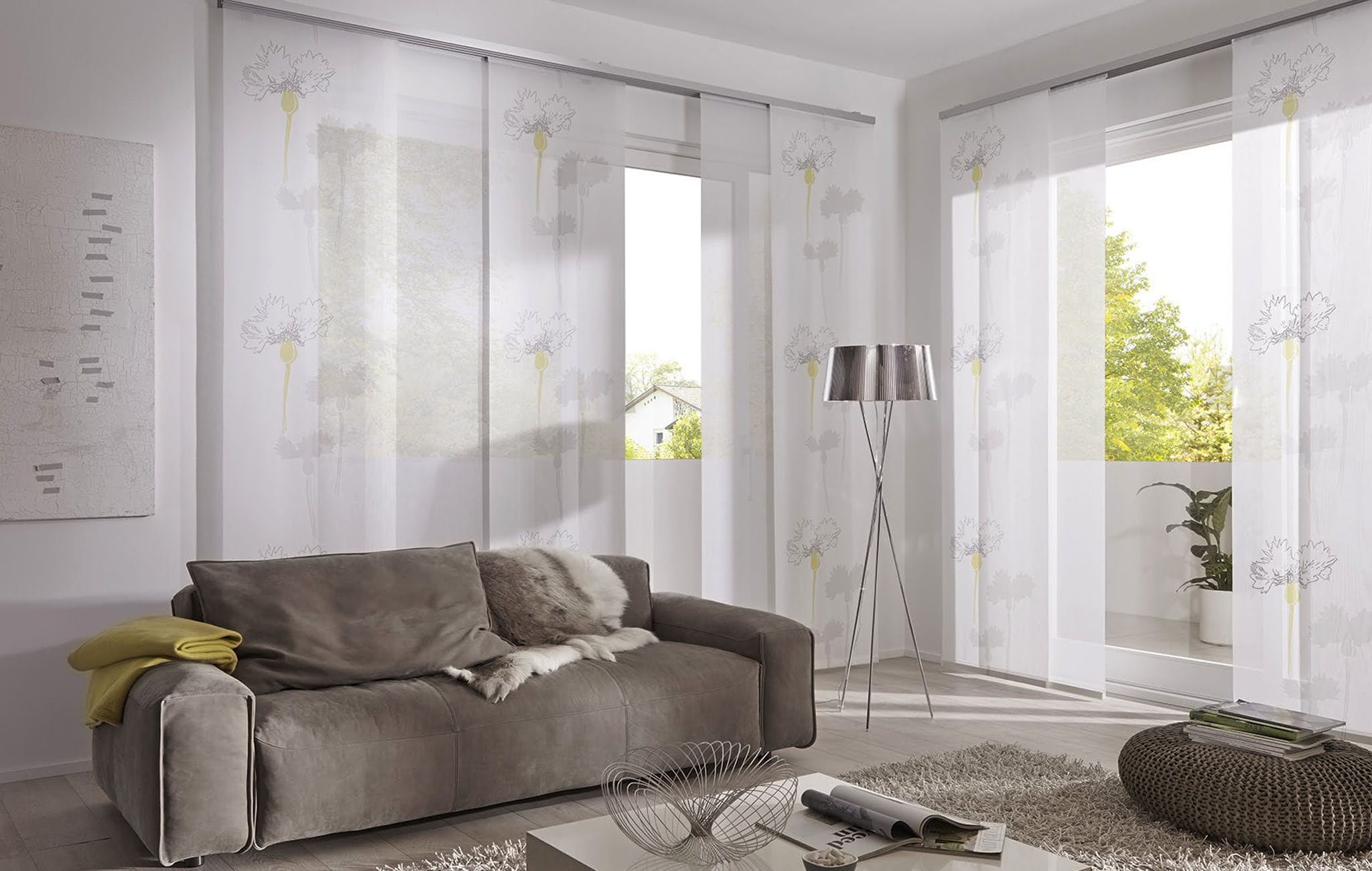

0 thoughts on “How To Measure Curtains”